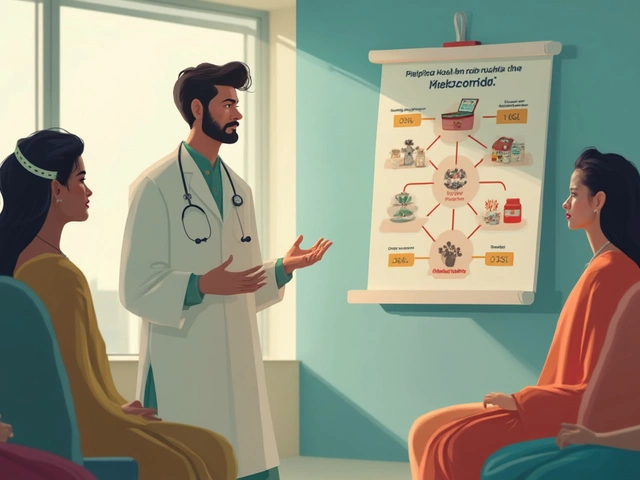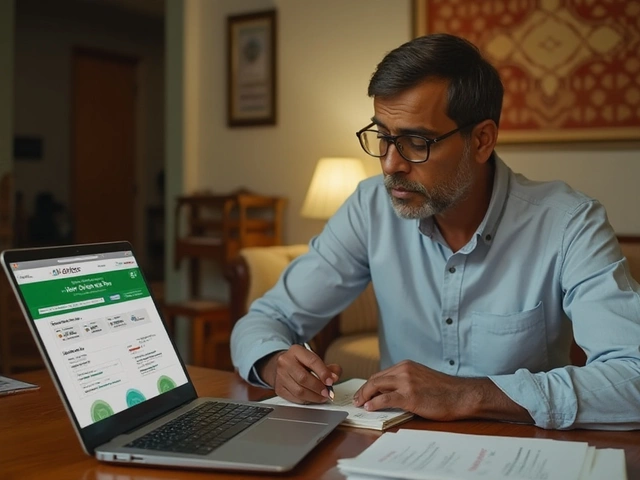Patient Safety Resources
When focusing on Patient Safety, the practice of protecting patients from preventable harm during medical care. Also known as clinical safety, it bridges every step of a health journey—from one‑time prescriptions to long‑term surgeries.
One core pillar is Medication Safety, ensuring drugs are prescribed, dispensed, and taken correctly to avoid adverse effects. This pillar directly ties into Drug Interactions, the ways medicines can affect each other’s performance or cause hidden toxicity. Understanding these interactions lets patients catch red flags before they become emergencies.
Why patient safety matters across treatments
Another vital piece is Surgical Risk Assessment, the systematic review of a patient’s health status to predict complications before an operation. When surgeons follow clear Healthcare Guidelines, evidence‑based protocols that set standards for safe care, the chance of post‑op pain, infection, or readmission drops dramatically. In short, patient safety requires medication safety, drug interaction awareness, surgical risk assessment, and solid guidelines—all working together.
From the latest weight‑loss drug prescriptions to knee‑replacement recovery tips, the articles below show how each of these elements plays out in real life. You’ll see practical steps for checking a prescription, signs that an operation might be too risky, and simple habits that keep medications from clashing. Whether you’re a patient, caregiver, or health‑professional, the collection offers clear, actionable advice to boost safety at every touchpoint.
Scroll down to discover detailed guides, safety checklists, and expert insights that translate these concepts into everyday decisions. Each piece is chosen to help you protect health, avoid preventable harm, and make informed choices about medicines and procedures.

Cons of Medical Tourism: Risks You Should Know
Explore the hidden risks of medical tourism, from safety and legal issues to hidden costs and follow‑up challenges, to help you decide if it’s worth it.

Does Metformin Really Aid Weight Loss?
Feb, 12 2025

Strongest Anti-Anxiety Herb: What You Need to Know
Feb, 22 2025

How to Qualify for Ozempic at an Online Pharmacy
Jan, 24 2025

